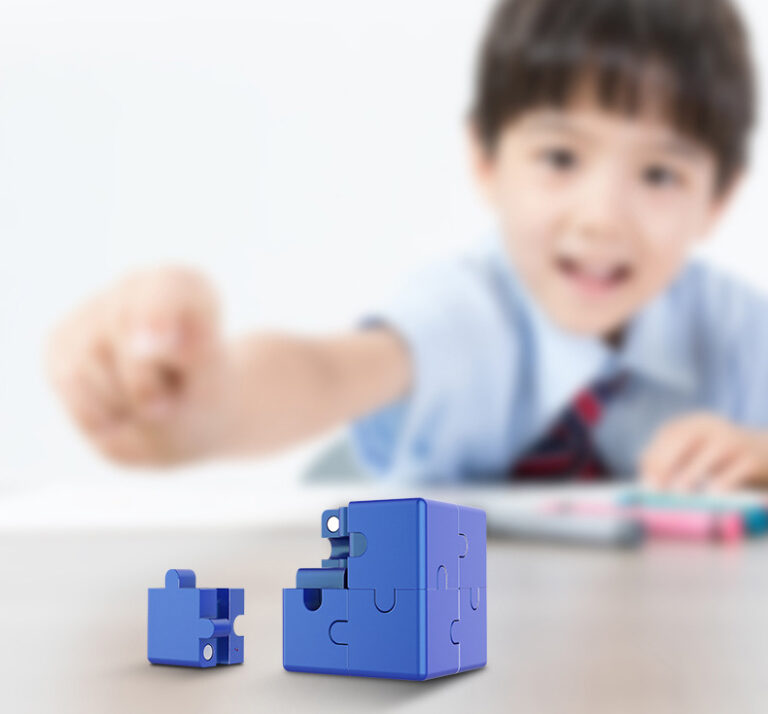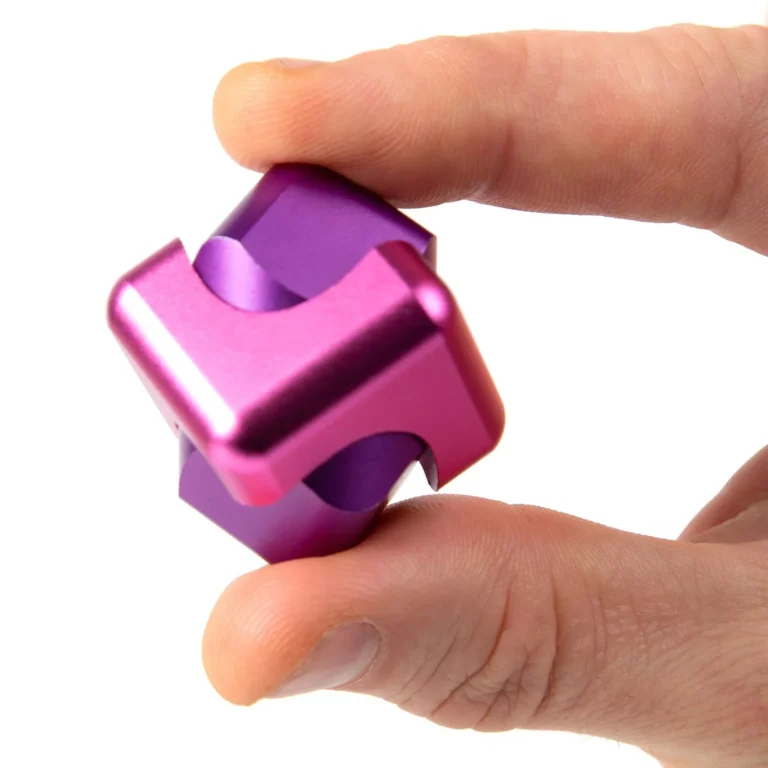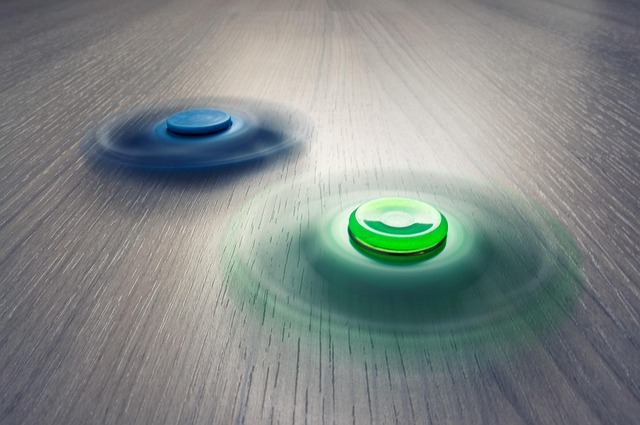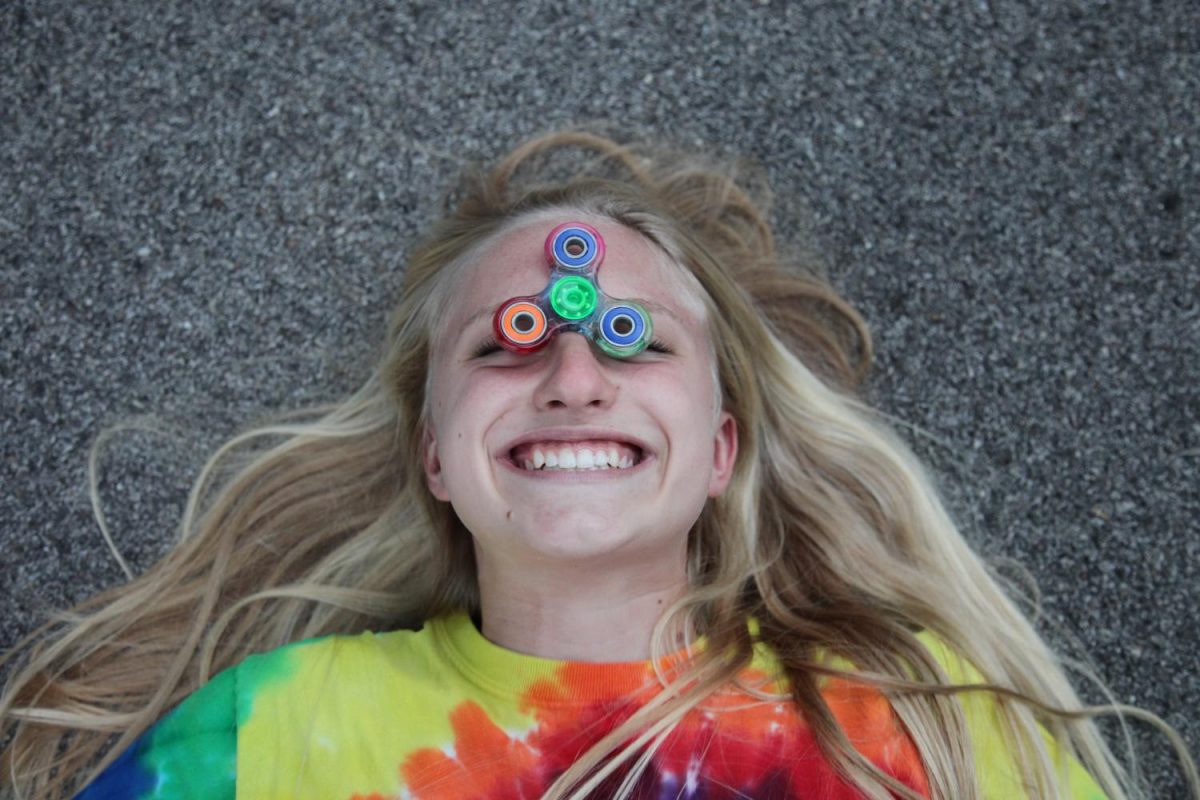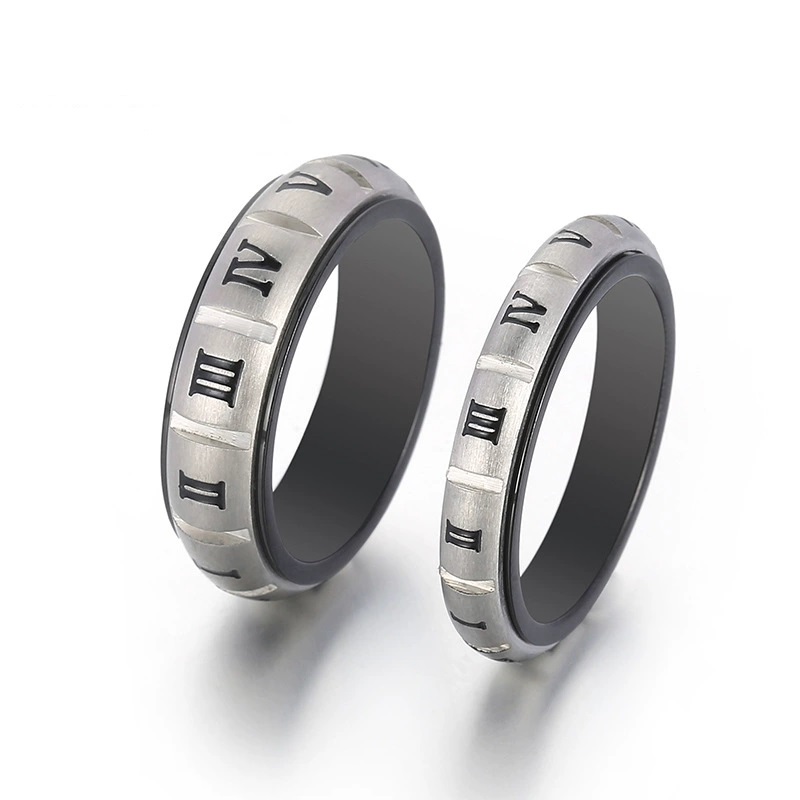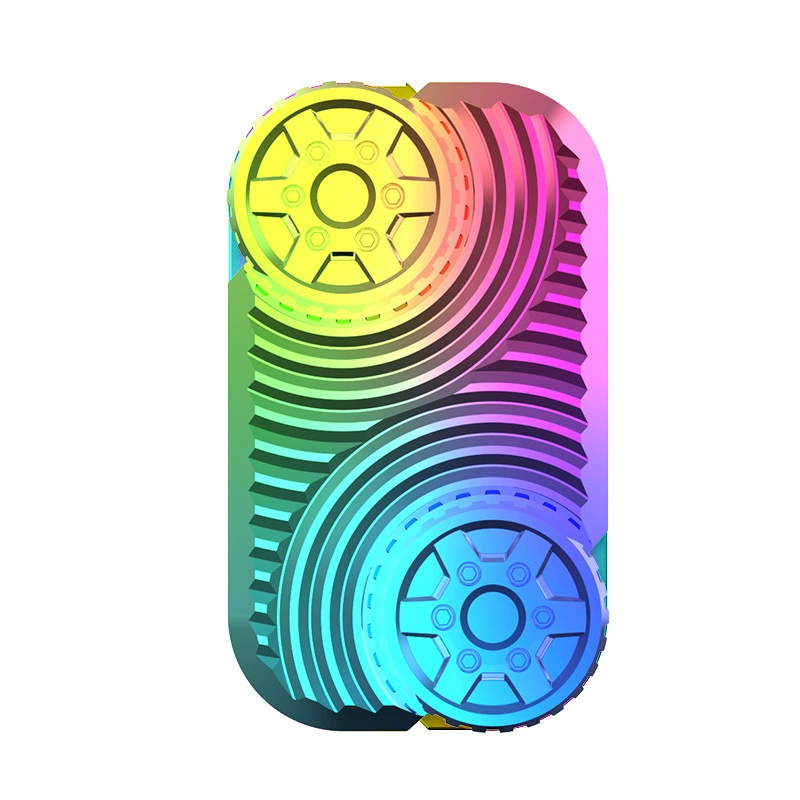-
Shenzhen City, GuangDong Province, China
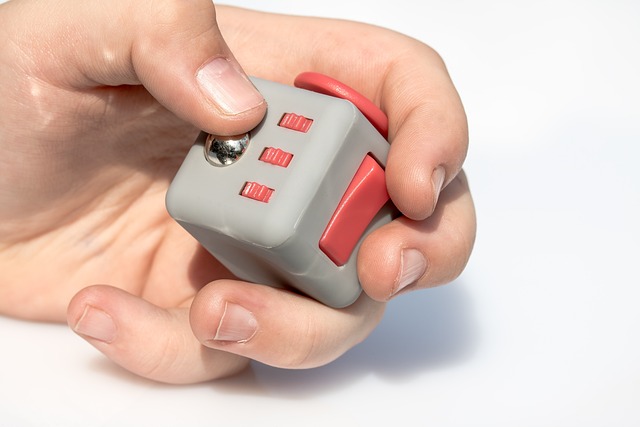
How Do You Make a Fidget Toy?
How to Make a Fidget Toy at Home (Quick & Easy DIYs)
Do you like to fidget? Do you move your hands a lot? Fidget toys can help! They are fun tools. They help you focus. They help you feel calm. You can buy them in stores. But guess what? You can make your own! It is easy. It is fast. You can use things you have at home. Let’s learn how do you make a fidget toy! This is a step-by-step guide. We will make DIY fidget toys. These are homemade stress relievers. We will even learn a simple fidget spinner tutorial.
Table of Contents
What Are Fidget Toys? Why Make Them?
Fidget toys are small toys. You hold them in your hand. You can spin them. You can squeeze them. You can click them. They help your hands stay busy. This helps your brain focus.
Why make your own?
- It saves money! Store toys can cost a lot. Making them is cheap. Sometimes it is free! A store toy might cost $5. You can make one for maybe $0.50. That saves a lot!
- It is fun! Making things is fun. It is a good craft. You can make ADHD-friendly crafts.
- You can make it special! You pick the colors. You pick the feel. You make it just for you. You can use tactile toy patterns.
- It is good for Earth! You can use recycled material toys. Like old plastic bottle caps or Lego bricks.
Lots of people use fidget toys. Kids use them in classrooms. They are quiet classroom tools. Grown-ups use them too. They are good anxiety relief tools. Some helpers, called occupational therapists, use them. They use occupational therapy devices to help people. People with ADHD find them helpful. They are ADHD sensory tools. Even big brands make them, like the Fidget Cube (brand) or Tangle Creations (brand). You might see toys like Pop It (silicone toy). These give nice tactile feedback. Making your own is a great way to get these sensory toy materials benefits. You can find ideas on Instructables DIY platform or WikiHow guides. People share ideas on Reddit r/DIY communities and TikTok DIY trends.
Things You Need: Materials & Tools
Let’s gather our stuff! You don’t need fancy things. Look around your house.
Things from Home:
- Paperclips: Good for paperclip creations.
- Rubber bands: Make rubber band fidgets.
- Bottle caps: We can make plastic bottle cap toys.
- Old Lego bricks: Great for Lego-based fidgets.
- Balloons: For balloon-and-flour stress balls.
- Flour or rice: To fill the balloons.
- Buttons: For button-and-string spinner or button compression toys.
- String or paracord: Like in paracord bracelets.
- Pipe cleaners: Fun for pipe cleaner twists.
- Cardboard: From old boxes.
- Marbles: For marble-in-maze toys.
- Hex nuts: To make a hex nut spinner.
- Toothpicks: Used in toothpick-and-clay models.
- Empty plastic bottles.
Craft Stuff (Maybe):
- Beads: For bead-and-wire projects.
- Fabric: Like flannel or felt. Good for no-sew fidget cubes.
- Velcro: Makes cool Velcro tactile strips.
- Foam: To make foam stress balls.
- Polymer clay: Needs baking. Good for polymer clay techniques.
- Silicone molds: To shape things like silicone mold crafting.
- Thermoplastic pellets: Special plastic you heat and shape (thermoplastic shaping).
- Ball bearings: Needed for good fidget spinners. This is part of ball bearing assembly. Find them online or at hardware stores.
- Kinetic Sand: Fun sand that sticks together. You can use kinetic sand molds.
- Loom bands: For loom band creations.
- Wooden spinner designs: If you like wood.
- Puzzle piece assemblies: Using old puzzle pieces.
- Magnetic slider fidgets: Need small magnets. Look at this Magnetic Fidget Slider.
- Interlocking rings: Metal or plastic rings.
- Nail-and-gear spinners: More complex.
- Whisker sensory sticks: Using soft things like whiskers.
- Rubber grip textures: Add grip to toys.
- Glow-in-the-dark elements: Fun paint or plastic!
- Weighted fidget pads: Filled with heavy beads.
- Quiet clicker mechanisms: For clicking sounds.
- Origami fidgets: Folding paper.
- Elastic band textures: Using different bands.
- You can buy supplies at craft stores (Michaels/Joann) or get materials from Amazon Basics (materials). Maybe look at Paracord Galaxy (supplier) or shops like SensoryDirect (retailer) and Therapy Shoppe (store). Some sellers on Etsy handmade sellers make cool parts too.
Tools:
- Scissors
- Glue (Liquid glue or hot glue gun for glue-free assembly alternatives)
- Markers or paint (Optional)
- Needle and thread (Optional, for fabric toys)
- 3D printer: If you want 3D-printed fidget devices. You can use PLA filament (3D printing) with printers like Creality/Ender.
Now we are ready! Let’s make some toys!
5 Easy DIY Fidget Toys (Step-by-Step)
Here are five simple fidget toys you can make right now.
A. Bottle Cap Spinner
This is a very easy spinner.
- Find three plastic bottle caps. Clean them.
- Stack them up. One on top of the other.
- Ask a grown-up to help make a small hole in the middle. Go through all three caps. A nail or drill works.
- Push a small pencil or a smooth stick through the hole. Make sure it fits tight.
- Put a little glue where the caps touch. Let it dry.
- Spin it! Hold the stick and flick the caps.
- Best For: Kids, classroom fidget ideas. It is a pocket-sized stress toy.
B. Fabric Finger Maze
This toy feels nice. It uses tactile toy patterns. It’s like the ones on craftingagreenworld.com.
- Cut two squares of soft fabric. Flannel works well. About 4 inches wide.
- Draw a maze path on one square with a marker. Make lines for walls. Leave space between the lines for a path.
- Place a small bead or marble at the start of the maze path.
- Put the second fabric square on top.
- Sew along the maze lines you drew. Ask a grown-up for help if you need it. Sew all around the edges too, but leave a small opening. Make sure the bead is trapped inside the maze path!
- (Optional) Turn it right side out through the opening. Sew the opening closed.
- Play! Push the bead through the maze with your fingers. This gives tactile feedback.
- Best For: Quiet fidgeting, sensory toy materials feel. Good for Montessori materials ideas.
C. Paperclip Chain Fidget
Super simple! A great quiet classroom tool.
- Get a bunch of paperclips. Metal or colorful ones work.
- Link them together. Slide one end of a clip into another clip.
- Keep linking them. Make a chain as long as you like.
- Fidget! You can bend it, twist it, fold it. It makes no noise. This is a paperclip creation.
- Best For: School, work, anywhere you need to be quiet.
D. Balloon Stress Ball
A classic homemade stress reliever. Like stress balls (Jellybean) style.
- Get a balloon. Strong ones are best.
- Choose a filling: flour, rice, sand, or kinetic sand. Flour feels softest.
- Stretch the balloon opening. Use a funnel to pour the filling inside. Fill it until it feels good to squeeze, but not too full!
- Tie the balloon neck very tight. Cut off the extra bit.
- (Optional) Put this balloon inside another balloon for extra strength.
- Squeeze it! Feel the stress melt away. This is a balloon-and-flour stress ball. It uses foam stress balls ideas too.
- Best For: Squeezing, stress relief. Can be a bit messy if it pops!
E. Hex Nut Spinner
This feels heavy and spins well. A simple DIY fidget spinner.
- Get one ball bearing. Size 608 is common for spinners.
- Get six hex nuts. They should fit around the bearing.
- Place the bearing flat on a table.
- Arrange the hex nuts around the bearing. They should touch the bearing and each other.
- Carefully put strong glue (like super glue) where the nuts touch each other and where they touch the bearing. Let it dry fully. A hot glue gun can work for glue-free assembly feel but might not be as strong.
- Spin it! Hold the middle of the bearing and flick the nuts. This is a basic hex nut spinner. You can make fancier wooden spinner designs or use nail-and-gear spinners ideas later. Maybe even try a cool Metal Mezmoglobe Desk Spinner look.
- Best For: People who like spinners, a heavier feel. Uses ball bearing assembly.
You can also try Tangle therapy replicas using wire and beads, or simple origami fidgets. Loom band creations are stretchy fun. Pipe cleaner twists are easy for little hands. Even Buckyballs (magnetic toys) inspire magnetic slider fidgets. Some people use 3D printers to make amazing 3D-printed fidget devices using PLA filament (3D printing). You can find designs online. There are also no-sew fidget cubes using fabric and small items inside. Try making button compression toys or toys with elastic band textures. Add rubber grip textures for a better hold. Think about pocket-sized stress toys you can take anywhere.
Pro Tips for Awesome Fidget Toys
- Safety First! If making toys for little kids (under 3), do not use small parts like beads, marbles, or hex nuts. They can choke. Make sure everything is stuck together well. Check toys often for loose parts .
- Make it Yours! Use your favorite colors. Add glow-in-the-dark elements. Use fabrics with cool tactile textures. Draw faces on stress balls. Add whisker sensory sticks feels. Use button-and-string spinner ideas. Try Velcro tactile strips for sound and feel. The goal is tactile stimulation.
- Quiet Please! If you need a toy for school or work, pick a quiet one. The paperclip chain, fabric maze, and stress ball are good quiet classroom tools. Avoid noisy clickers or spinners unless you are alone. You want quiet clicker mechanisms if possible.
- Try Different Feels. Some people like smooth, like kinetic spinning desk toys. Some like bumpy, like Lego-based fidgets. Some like squishy, like foam stress balls. Some like clicky, like magnetic slider fidgets. Make a few kinds! See what you like best. Maybe interlocking rings or puzzle piece assemblies?
- Fix Wobbly Spinners. If your hex nut spinner wobbles, the nuts might be uneven. Try adding a bit more glue or making sure the bearing is clean. Good ball bearing assembly is key.
- Think Outside the Box. Use recycled material toys. An old Fidget Cube (brand) can be taken apart. WikiHow guides and YouTube tutorial creators have tons of ideas. Look at ASMR tactile triggers for inspiration. Maybe try thermoplastic shaping if you have the tools.
Questions People Ask (FAQs)
What is the easiest fidget toy to make?
The balloon stress ball or the paperclip chain are super easy! They take maybe 3 minutes. Perfect DIY fidget toys for beginners.
How do I make fidget toys quieter?
Use soft things like fabric, yarn, or foam. Avoid hard plastic clicking together. The fabric maze is very quiet. Covering parts with felt can help too. Aim for quiet classroom tools.
Do DIY fidget toys really work?
Yes! Studies show that using tactile fidget toys can help lower stress. They can help people with ADHD or autism focus better. Many people find homemade stress relievers helpful. They provide needed tactile stimulation.
Can I sell my DIY fidget toys?
Yes! Many people sell crafts on Etsy handmade sellers. Just make sure they are safe and well-made. Use good sensory toy materials.
Where can I find more ideas?
Check out Instructables DIY platform, Pinterest, and YouTube tutorial creators. Search for “DIY fidget toys” or “homemade stress relievers“. Look at different fidget spinner tutorial videos. Explore ADHD-friendly crafts blogs like aneverydaystory.com.
All Done! Go Make Something!
Wow! You learned a lot about how do you make a fidget toy. You have ideas for DIY fidget toys like spinners, stress balls, and mazes. You know what materials you need, many are recycled material toys. You have step-by-step guides.
Remember the tips: Be safe, make it fun, and try different things! Use polymer clay techniques or silicone mold crafting if you feel adventurous. Explore wooden spinner designs or Lego-based fidgets. Make pocket-sized stress toys or weighted fidget pads. Try button compression toys or Tangle therapy replicas. Check out cool store ideas like Fidgetland (brand) or a Gravity Defying Kinetic Desk Toy.
Making your own fidget toys is a great way to get anxiety relief tools that work for you. It helps save money and helps the Earth. It’s a fun project for kids and grown-ups.
Now, try one of these DIYs today! Which one will you make first? Share your cool homemade fidgets online! Use a fun tag! Have fun fidgeting!

